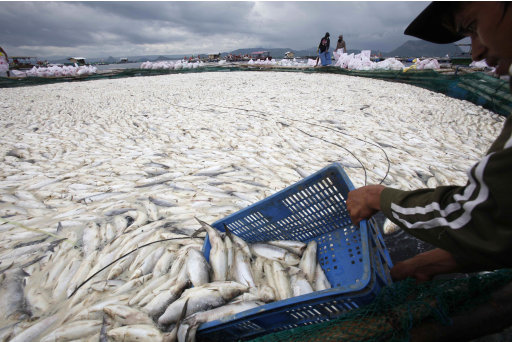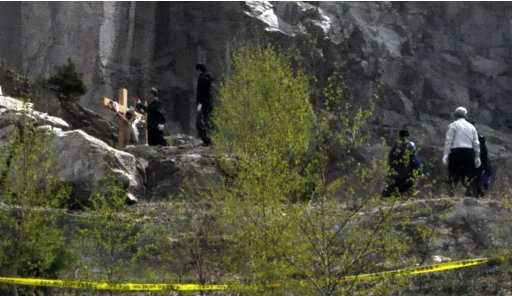The Judicial and Bar Council(JBC) has set the deadline for applications and nominations for the post of Ombudsman on May 16 and shall thereafter conduct public interviews of candidates.
Under the Constitution, the JBC, chaired by the Chief Justice, is vested with the authority to nominate to the president via shortlist the names of those qualified for the post.
The JBC opened the nomination and applications for Ombudsman following the resignation on May 6 of Merceditas Gutierrez. The Constitution mandates that the Ombudsman, apart from being a natural-born Filipino, should be a person of “proven competence, integrity, probity and independence” and must have been a judge or engaged in the practice of law in the Philippines for at least 10 years prior to appointment. The Constitution also mandates that any person appointed as Ombudsman must not have been a candidate for any elective office in the immediately preceding election and, at the time of appointment, at least 40 years old.
Apart from these minimum constitutional requirements, the JBC has its own Rules, promulgated in October 2000, which detail the process of screening and appointment.
In determining the competence of applicants or nominees, the JBC considers educational background – up to completion of law degree and other baccalaureate and post-graduate degrees completed, experience, performance, bar examination performance, civil service eligibility and grades in other government examinations, grants received and obtained, membership in local and/or international honor societies, and other accomplishments (authorship of law books, treatises, articles, legal writings, leadership in organizations).
The candidate’s experience in government service will also be evaluated, including posts held in the Judiciary(Court of Appeals, Sandiganbayan, and courts of 1st and 2nd levels), the Executive department(Office of the President, cabinet, and agencies), the Legislative department (both elective and appointive), Constitutional commissions or offices, local government units (both elective and appointive), and quasi-judicial bodies.
For government service rendered, the candidate is required to submit official performance ratings and a verified statement of performance for the past 3 years, if he/she is currently holding a public post.
Experience in private practice, if any, will also be considered through certifications from members of the Judiciary and the Integrated Bar of the Philippines(IBP) and affidavits of reputable reference persons for service in courts of justice; and documents and certifications from reference persons for other private service rendered.
Experience in international organizations and foreign governments will also be considered.
Since integrity is an important qualification, the JBC requires candidates to submit certifications or testimonials from reputable government and private organizations; court clearances; clearances from the National Bureau of Investigation(NBI), police and other agencies the council may require.
The JBC may also order a background check on candidates to verify their reputation for integrity, their character and merits. Evidence as to the probity and independence of the nominee/applicant, including validated testimonies from reputable individuals and organizations, will also be considered.
“The Council shall take every possible step to verify the applicant’s record of and reputation for honesty, integrity, incorruptibility, irreproachable conduct, and fidelity to sound moral and ethical standards,” Rule 4, Section1 states.
In this regard, written opposition from a named oppositor to a candidate may be received by the JBC and hearings scheduled where the applicant/nominee is given an opportunity to “cross examine the oppositor and to offer countervailing evidence.”
Anonymous complaints are not entertained except when there is prima facie “probable cause sufficient to engender belief that the allegations may be true” in which case the JBC may direct the candidate concerned to comment in writing or during the conduct of public interviews, or call for a discreet investigation.
When a candidate’s integrity is challenged, he/she must be able to convince all JBC members to vote in favor of his/her nomination/application’s consideration.
Aside from Chief Justice Renato Corona, those who sit in the JBC as ex-officio members are Justice Secretary Leila de Lima; Sen. Francis Escudero, Senate Justice Committee chairman; and Rep. Niel Tupas, Jr., House Justice Committee chairman.The council’s regular members include Justice Regino Hermosisima, Jr. (Retired Supreme Court Justice Representative), Justice Aurora Santiago Lagman(private sector representative), Atty. Ma. Milagros Fernan-Cayosa(IBP representative), and Atty. Jose Mejia(academe representative)
Those who are nominated or apply to the post of Ombudsman must also be of sound physical, mental and emotional health, according to the JBC Rules, thus, applicants or recommending parties are required to submit sworn medical certificates and results of executive medical examinations conducted within 2 months prior to the submission of nomination or application. The JBC may require further medical and physical examinations should there be doubts on the submitted certificates/results.
Psychological and psychiatric tests are also conducted by the Supreme Court Medical Clinic or an council-accredited psychologist/psychiatrist on candidates.
Rule 4, Section 5 of the JBC Rules meantime lists the following as grounds for disqualification to the post:
1. Those with pending criminal or regular administrative cases;
2. Those with pending criminal cases in foreign courts or tribunals; and
3. Those who have been convicted in any criminal case; or in an administrative case, where the penalty imposed is at least a fine of more than P10,000, unless he has been granted judicial clemency.
In the case of personalities floated in the media and various fora as possible contenders to the post of Ombudsman, the following are considerations:
-Retiring Supreme Court Associate Justice Conchita Carpio Morales: decisions she has rendered being an incumbent member of the judiciary for soundness of judgment, courage, rectitude, cold neutrality and strength of character (Rule 5 on Probity/Independence)
-Former defense chief and former presidential bet Gilbert Teodoro: Constitutional bar on those who were candidates to an elective post in the immediately preceding election(Article XI, Section
-former Commission on Human Rights(CHR) chair and incumbent Justice Secretary Leila de Lima: pending cases before the Ombudsman for plunder (for the revocation of an informer’s claim to reward in 2 tax evasion cases against the Bangko Sentral ng Pilipinas and Bank of America, filed in December 2010), and violation of the Code of Conduct and Ethical Standards for public officials (in connection with the resolution of an administrative cases involving an immigration official, filed on May 4, 2011).
De Lima was recently formally nominated by a Department of Justice(DOJ) prosecutor to the post of Ombudsman. In a one-page nomination letter received on Tuesday by the JBC secretariat, Assistant State Prosecutor Romeo Senson nominated his boss for her “incorruptible stand, integrity beyond reproach and character par excellance in serving the public.”



 5:35 PM
5:35 PM
 john rey
john rey




















